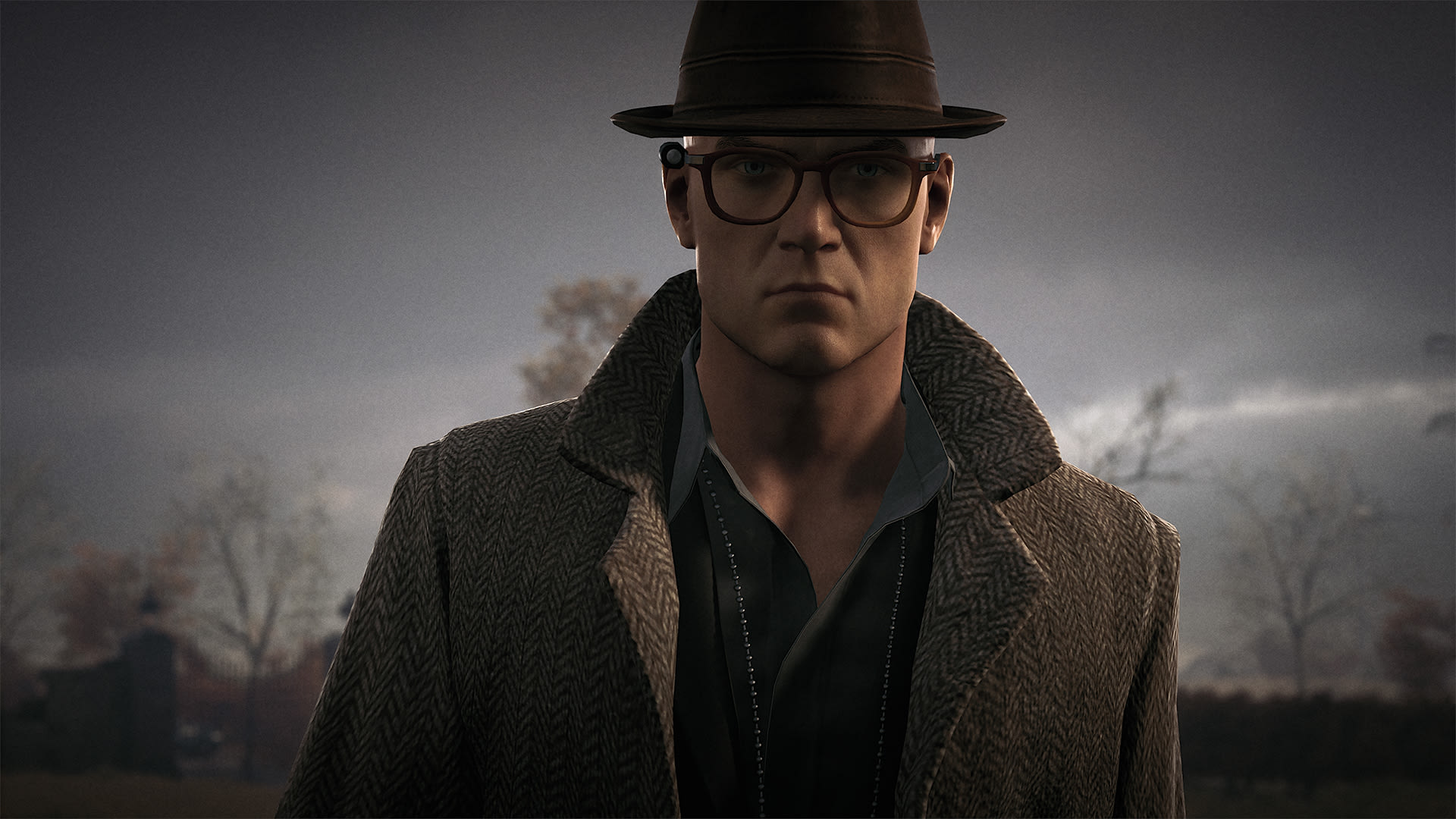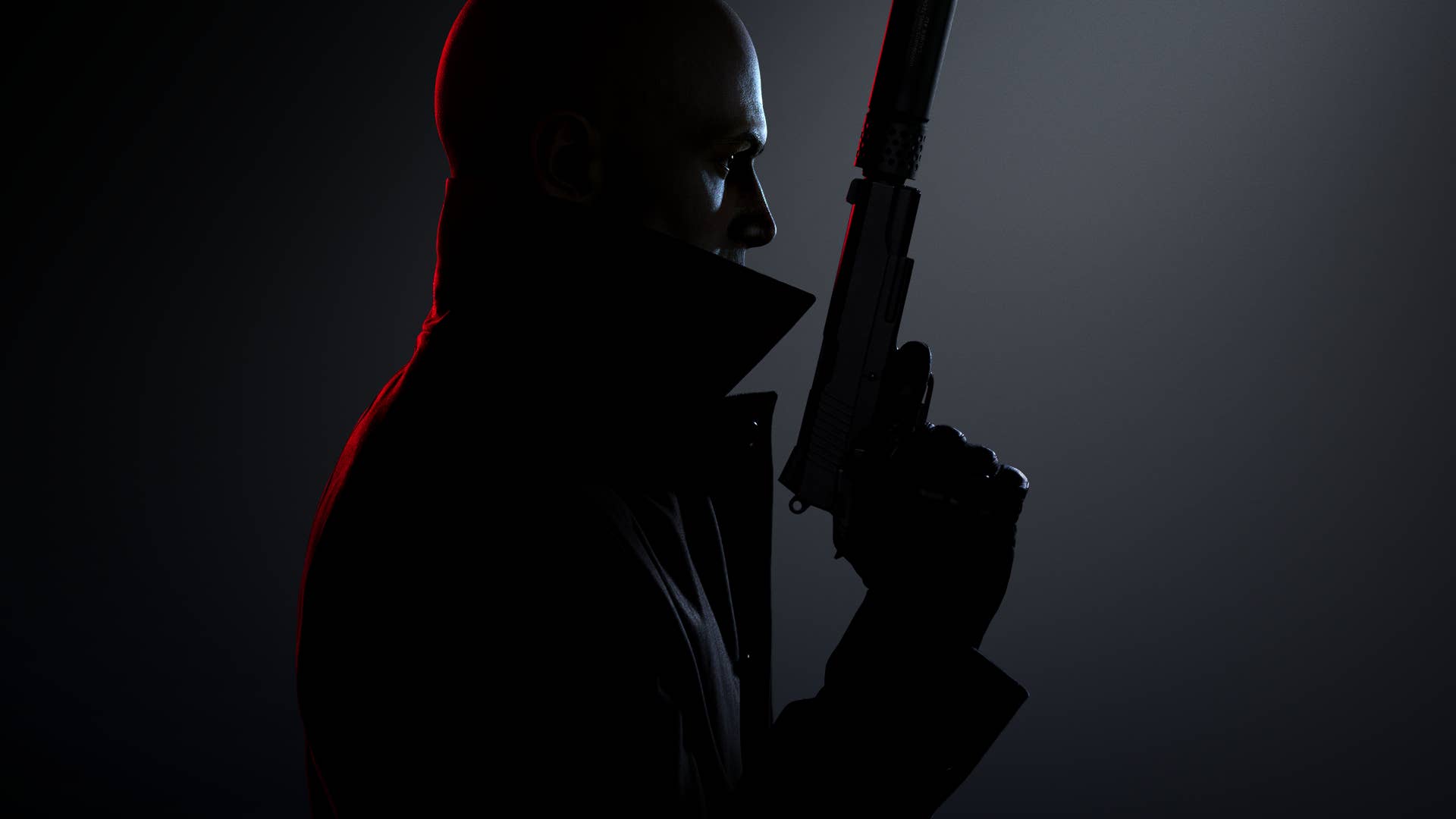
Hitman III is the third entry in the franchise's "World of Assassination" trilogy, which began in 2016 with Hitman—a back-to-basics reboot of the franchise--and continued with 2018's Hitman 2, which polished that basic formula to a sheen. Hitman III retains its predecessor's finely tuned gameplay while emphasizing narrative like no entry in the franchise has before.
As in all Hitman games, you play as Agent 47, a highly trained hitman who specializes in deception and stealth. Your handler, Diane Burnwood, assigns you to kill someone—usually a member of the global elite who the law cannot touch. You select your gear loadout (I usually go with a silenced gun, fiber wire, and a lockpick), Diane drops you near your target—usually outside a gaudy mansion or a decadent fashion show, or some other heavily attended, heavily guarded location—and you carry out your mission.
You have autonomy in determining when and how this murder goes down. You can disguise yourself as a gardener to infiltrate the grounds. You can use the sewage system to bypass security. You can disguise yourself as a waiter, climb to the roof, and headshot the target with a sniper rifle. You can poison the target's drink. You can stage an "accident" with a falling chandelier. The game adjusts itself to the player, rather than the player adjusting him or herself to the game.
At the end of each mission, the game evaluates your performance. Did you hide all the bodies? Did you kill anyone besides your target? Were you spotted or seen? Did you delete the security footage? When you get good, you'll reach 'Silent Assassin' status, and eliminate your targets with no one else the wiser.
Hitman III does this formula just as well as the two Hitman games prior to it—which is to say, it does it almost perfectly. There are customizable options for Diane to give you hints—to guide you from one mini-objective to the next until the ultimate, final kill. But the game contains enough incidental information that you really don't need her if you're attentive enough. You can eavesdrop on people's conversations, and learn that your target is going to be at X location at Y time. You can discover that the guy next to you has a private meeting with the target later that day, and act accordingly.
If you decide to wing it, that's also fun. It could take you an hour or more to finally reach your target—to ascend through increasing levels of security by wearing multiple disguises, and sneaking around increasingly armed security guards. But plotting the perfect murder, and then strutting out of the level unbeknownst to everyone as the music crescendoes, is an incredible gameplay experience that's difficult to quantify.
Like its predecessors, Hitman III demands multiple playthroughs to fully appreciate its complexity and fastidiousness. There are different challenges—kill the target with a headshot, kill the target with poison, kill two targets at the same time with a single sniper bullet—that you complete to earn experience points. Those experience points then unlock new gadgets, like a gun or knife you can sneak past security, or a rubber duck that explodes when an enemy walks in its proximity. These gadgets are then available for any mission, which opens up even more opportunities for creativity and dark-humored kills.
Hitman III permits veteran players to unlock all the prior games' levels and carry over their past progress, so long as they purchased the old games (which currently cost a fraction of their original prices). The end result of putting down a little extra cash is that you have three games worth of content—over 20 varying levels of Rube Goldberg mayhem—under a single game's interface. It's hundreds of hours of engrossing content, especially if you log on to Contract Mode to play other players' challenges too.
It's tempting to get lulled by the Hitman trilogy's consistency, or gripe that there are not enough new things to do. But that would blame the developers for their own success, and different does not equate to better. Creativity works well under constraints and familiarity. It allows the game's creators to delve deeply rather than laterally—to make the wheel roll more smoothly instead of reinventing it from scratch.
The pacing and mood of each level is exceptional. Some highlights include a massive decadent tower modeled after the Burj Khalifa in Dubai, where you literally walk on clouds whenever you step outside. In Berlin, there's a grimy, dark nightclub filled with pulsing music--the perfect place to knife someone in public and then disappear into the shadows. There's a vineyard in Mendoza, Argentina, where you hobnob with the rich, decked out in their summer's finest. But then duty calls, and you sneak off and push a hapless victim into the grape presser. It's simply too tempting, as is the woodchipper, which serves a similar purpose.

The buildings in each mission make logical sense and feel lived-in. Every store has a storage space. Every restaurant has a kitchen. Every residence has a bathroom. Anytime you see a wait staff or a custodial staff, there's guaranteed to be a break room somewhere. Hitman III doesn't merely give you the appearance of a restaurant; it gives you an actual restaurant.
Correspondingly, you can find the items you need in the areas where you would expect to find them. If you need a knife, look in the kitchen. If you need rat poison, find the maintenance room. If you need a crowbar to break into someone's office, try looking in a shed or the basement. If you get lost, look at the signs posted on the walls. Everything you need is lying around somewhere, so long as you think about it for a bit and look closer. And it makes you think about and appreciate each space for its function and purpose.
The biggest change to Hitman III is the increased quality of its storytelling. A Hitman game typically feels cold and impersonal; the draw of this franchise has always been its immersiveness and challenge rather than its plot, which often reads like a retroactive justification to move us from one setpiece to the next.
This is not the first time developers have attempted to address the franchise's biggest weakness. The developers of 2012's Hitman: Absolution overcorrected by making the majority of its levels linear, where you progressed between checkpoints or story beats with little to no backtracking.

But Hitman III may have found a perfect middle ground—between the massive sandbox approach that gives players an unbridled sense of freedom and the narrative constraints that give it focus at the price of autonomy—by offering both experiences without forcing a choice. For players who want to focus on the kill only, you can still do that, without tripping over the story. But for players who want something more personable, it's there, and it's more extensive than one might think.
Here's an example of a gameplay moment in Hitman III that took me completely off guard with how detailed and narratively rich it was. It occurs during the game's second mission, where Agent 47 arrives in Dartmoor, England, and travels to a massive estate. The crime-affiliated Carlisle family is staying there, and your target is the family matriarch.

One way to get close to her and gain her trust is by taking on the disguise of a private detective, who's there at her request to investigate the murder of her brother. That's pretty par for the course in a Hitman game—taking on the appearance of someone to acquire deeper access. At any time while you're interviewing witnesses and investigating pertinent locations, you can kill your target, which isn't very hard considering the access the detective disguise affords you. Even if you haven't completely solved the mystery, Diane will eventually step in say you've done enough to move on.
And therein lies the twist; if you want, you can close the investigation and proceed to the task at hand, but you don't have to. You can actually continue investigating the murder, and eventually, you'll figure who the killer was. You'll even be able to accuse the person and present evidence supporting your claim.
In Dubai, United Arab Emirates, my target was in the market for a new bodyguard. And after hiring me, if I didn't kill him, he allowed me to escort him to wherever I wanted, and I could follow him on his own patrol route with no question asked.
All this expository, interactive plotting was the result of eavesdropping on single conversations and changing my disguise to play the corresponding role. For the developers to include such things, knowing that the majority of players may never even see them, shows dedication, and it creates the semblance of a living breathing world that these characters inhabit. You're not only taking on disguises; you're taking on an identity that is implicit with those disguises. What other stories are out there, waiting to be discovered? I'm looking forward to playing this game for many additional hours to find out.
I played the game for approximately 15 hours on a Playstation 5, using a code supplied to me by the developer. Hitman III is available now on PS4, PS5, Xbox One, Xbox Series X, Switch, and PC. Buying the game for the PS4 or XBox One also includes a free upgrade to the next-generation console.



